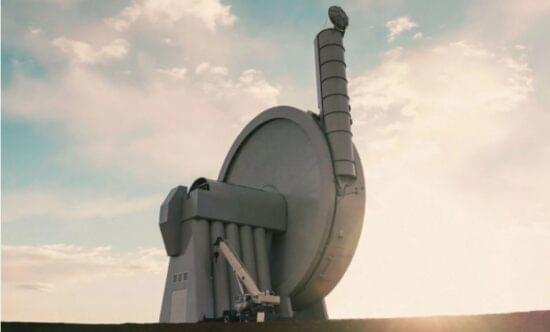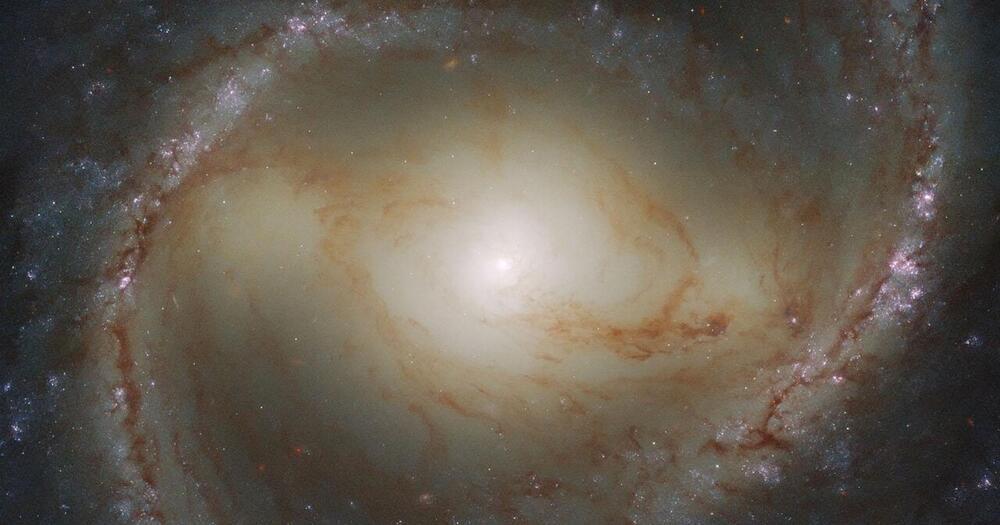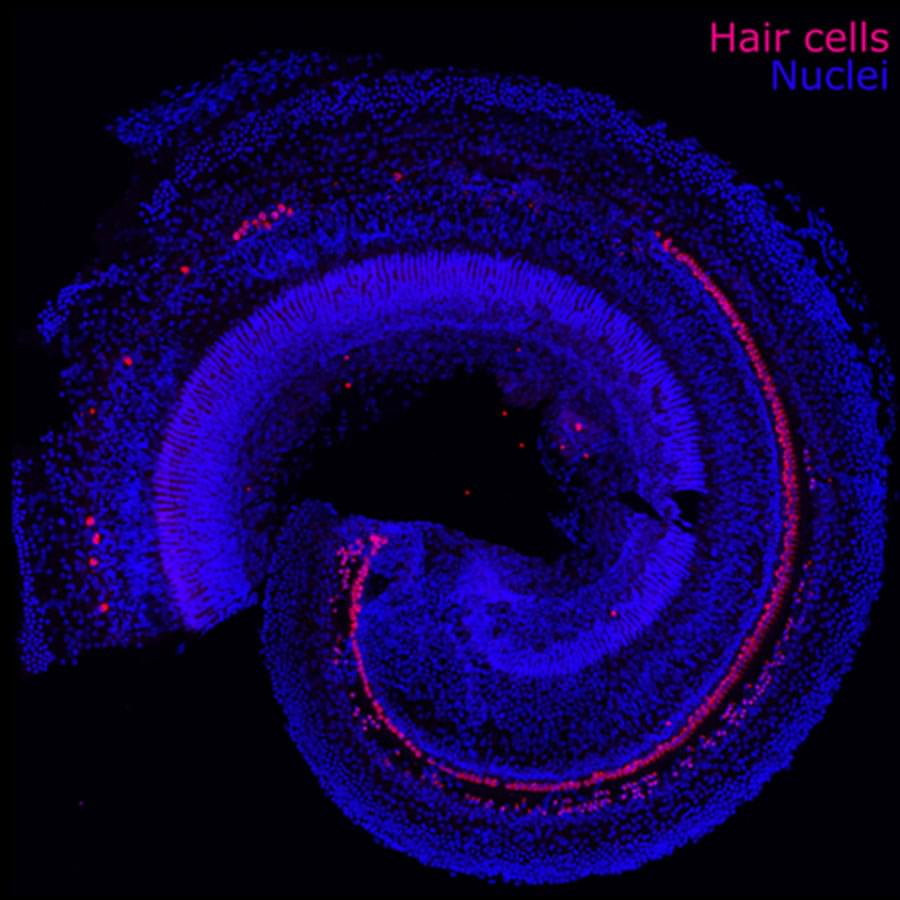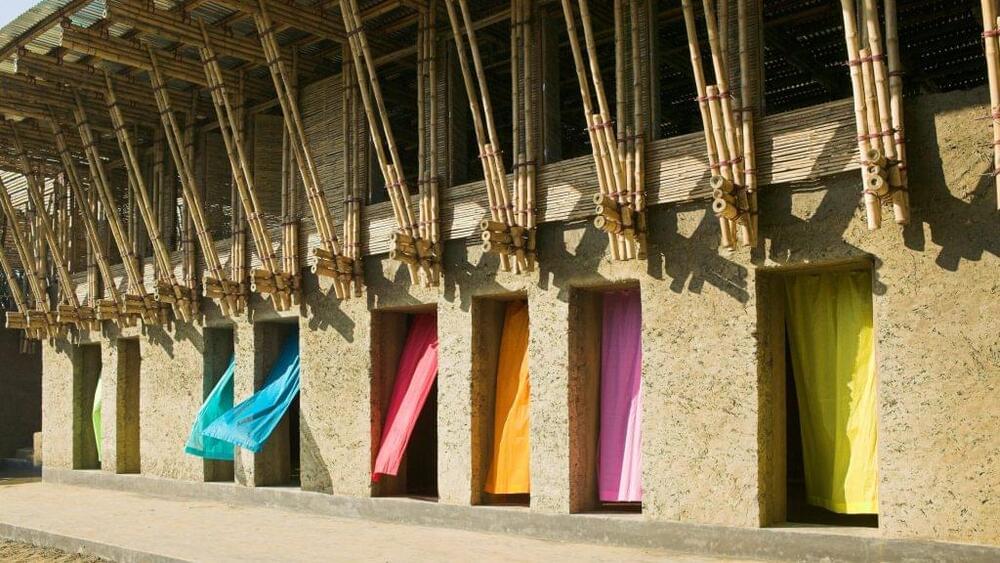AARP weighs in on and analyzes America’s housing future with its new report, “Making Room: Housing for a Changing America.”




In our own not-so-distant future we’ll witness the emergence of synthetic superintelligence as a new kingdom of life. Whether that will happen in 5 or 50 years doesn’t really matter, we are firmly on the path of facilitating its emergence — synthetic intelligence is an extension of us, natural intelligence, the future version of ourselves. On a long billions-of-years evolutionary journey from the first primordial prokaryote to a Solaris-like planetary mind, we’re merely years away from this cardinal metamorphosis.
#CyberneticTheoryofMind #consciousness #evolution #mind
“Consciousness cannot be accounted for in physical terms. For consciousness is absolutely fundamental. It cannot be accounted for in terms of anything else. ―Erwin Schrödinger.


The headquarters building for toy company Lego, which was designed by Danish architecture firm CF Møller Architects, has officially opened in Billund, Denmark.
Built near the company’s BIG-designed Lego House visitor centre, the 54,000-square-metre office block contains workspaces for 2,000 employees.
CF Møller Architects designed the headquarters to incorporate Lego’s core values of “imagination, fun, creativity, caring, learning, and quality”.

Keep tabs on the storied space telescope.
The Hubble Space Telescope has been responsible for some of the most exciting astronomical finds in history and while research time with Hubble is highly sought after, anyone can check what the storied telescope is currently pointed at whenever they like.
Most of the time, casual observers only hear about select Hubble observations when NASA or the European Space Agency (ESA) shares them, whether that be through blogs or on Twitter. For example, the photo above is of spiral galaxy M91, which was observe by Hubble and shared on the NASA blog today. This galaxy is of interest because it hides a gigantic supermassive black hole at its core. In a 2009 study, astronomers found that it weighs somewhere between 9.6 and 38 million times as much as the Sun.
Photos like this are colorized and publicly shared, but there are a great many other observations that don’t get the same publicity. For those who want to keep an eye on what astronomers are observing at any given moment, the Space Telescope Live site displays detailed information about observations in real-time.


Founded by MIT scientists, the clinical-stage biotech company Frequency Therapeutics discovered a way to reverse hearing loss without hearing aids or implants. Focusing on progenitor cells (which reside in the inner ear and turn into hair cells when humans are in utero, before going dormant) the company injects small molecules into the cochlea, which transform these cells into hair cells that help us hear. During their 200-person trial, the company saw meaningful improvement in patients’ hearing, with some reporting improved speech perception after a single injection that lasted nearly two years. “I wouldn’t be surprised if, in 10 or 15 years, because of the resources being put into this space and the incredible science being done, we can get to the point where [reversing hearing loss] would be similar to Lasik surgery, where you’re in and out in an hour or two,” says Harvard-MIT Health Sciences and Technology affiliate faculty member Jeff Karp. While the drug still needs to undergo further testing, the breakthrough is a hopeful milestone for the field of regenerative medicine. Read more about it at SciTechDaily.

The Essential Beauty exhibition of Obel Award-winning architect Anna Heringer’s work is currently on show at Madrid’s Museo ICO. Here, curator Luis Fernández-Galiano selects five highlights from the exhibition.
First opened in February as part of the 2022 edition of Madrid Design Festival, the retrospective exhibition curated by Spanish architect Luis Fernández-Galiano showcases the breadth of German architect Heringer’s work.
Working across the world, she aims to use architecture as a tool to improve lives – using local materials and labour to support and empower communities and people.
This video was produced on April 15, 2022 for the Future of Life Insititute’s Worldbuilding program.
Please support the Future of Life Institute: https://futureoflife.org.
Music by John Lennon.
Arrangement, keys, lyrics, voice and video editing by Sergio M.L. Tarrero.
#peace #Ukraine #UN #technoabundance #nanotechnology #longevity #AI